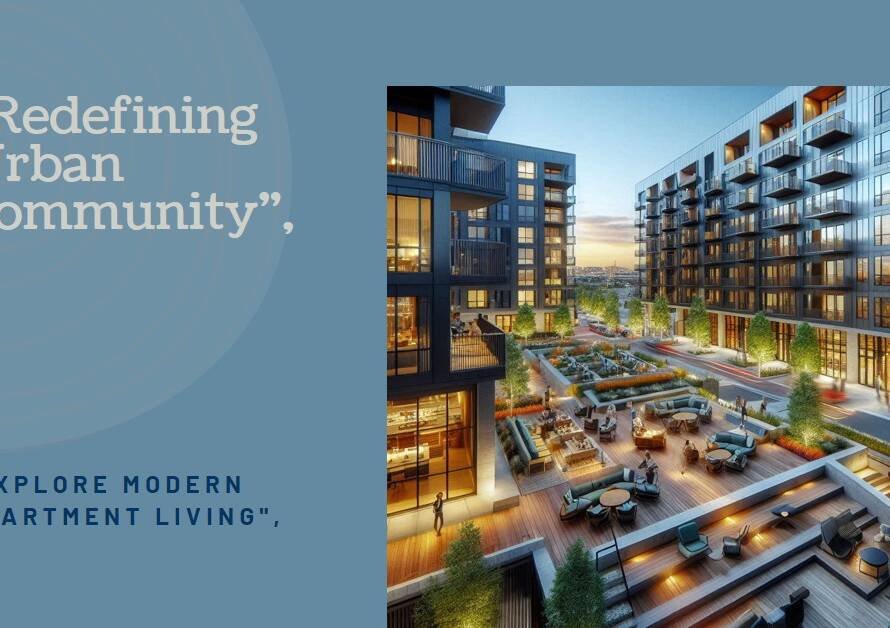
Table of Contents
- Introduction:
- Planificación Urbana (Urban Planning)
- Zonificación (Zoning)
- Uso del Suelo (Land Use)
- Infraestructura (Infrastructure)
- Desarrollo Sostenible (Sustainable Development)
- Movilidad Urbana (Urban Mobility)
- Vivienda (Housing)
- Espacios Públicos (Public Spaces)
- Participación Ciudadana (Citizen Participation)
- Conclusion
Introduction:
Urban planning is a crucial discipline that shapes the way cities and towns are organized, ensuring that development is sustainable, efficient, and beneficial for all residents. In Spanish-speaking countries, urban planning follows similar principles but utilizes specific terminology that professionals and students in the field must be familiar with. This blog post explores the key terms in urban planning in Spanish, providing a comprehensive guide to understanding and navigating this vital domain.
Planificación Urbana (Urban Planning)
Urban planning, or Planificación Urbana, is the cornerstone of how cities develop. This term encompasses the strategies and processes used to design and manage urban spaces. It includes zoning, land use planning, and the creation of infrastructure to support growing populations.
Understanding Planificación Urbana is fundamental for any urban planner. It involves assessing the current needs of a community, forecasting future demands, and designing solutions that balance growth with sustainability. Effective urban planning can mitigate traffic congestion, reduce pollution, and improve the overall quality of life for residents.
Zonificación (Zoning)
Zonificación is a critical aspect of urban planning. It refers to the division of urban areas into zones that dictate the permitted uses of land and buildings. These zones can be residential, commercial, industrial, or mixed-use, each with specific regulations.
The purpose of Zonificación is to separate incompatible land uses, such as keeping industrial areas away from residential neighborhoods, thus minimizing conflicts and enhancing urban functionality. Planners must understand local zoning laws and community needs to create effective zoning plans.
Uso del Suelo (Land Use)
Uso del Suelo, or land use, is a term that describes how land within an urban area is utilized. This includes residential areas, commercial districts, parks, and public facilities. Effective land use planning ensures that there is a balanced distribution of these areas to meet the needs of the population.
Land use planning involves analyzing current land use patterns, predicting future growth, and allocating space accordingly. By promoting efficient Uso del Suelo, urban planners can help create more livable and sustainable cities.
Infraestructura (Infrastructure)
Infraestructura is the backbone of urban development. This term encompasses the physical systems and structures that support a city, including transportation networks, water supply, sewage systems, and energy grids.
Investment in Infraestructura is crucial for urban growth and development. Urban planners must consider both current infrastructure needs and future expansions to accommodate population growth and technological advancements. Sustainable infrastructure planning can lead to more resilient and adaptable urban environments.
Desarrollo Sostenible (Sustainable Development)
Desarrollo Sostenible is a key principle in modern urban planning. It refers to development that meets the needs of the present without compromising the ability of future generations to meet their own needs. This involves integrating environmental, economic, and social considerations into planning processes.
Urban planners must advocate for Desarrollo Sostenible by promoting green building practices, renewable energy sources, and sustainable transportation options. The goal is to create urban spaces that are not only functional and attractive but also environmentally responsible and socially inclusive.
Movilidad Urbana (Urban Mobility)
Movilidad Urbana is an essential concept in urban planning, focusing on the movement of people and goods within cities. It includes public transportation systems, pedestrian pathways, cycling infrastructure, and traffic management.
Enhancing Movilidad Urbana requires comprehensive planning to create efficient and accessible transportation networks. Urban planners must design systems that reduce congestion, minimize environmental impact, and provide equitable access to all residents. Innovations in public transit and smart city technologies play a significant role in improving urban mobility.


Vivienda (Housing)
Vivienda, or housing, is a fundamental aspect of urban planning. It involves the provision of adequate, affordable, and accessible housing options for all segments of the population. Addressing housing needs is crucial for social equity and community stability.
Urban planners must consider factors such as population density, land availability, and socio-economic diversity when planning for Vivienda. Policies that promote affordable housing development, prevent displacement, and ensure quality living conditions are essential for sustainable urban growth.
Espacios Públicos (Public Spaces)
Espacios Públicos are areas within a city that are open and accessible to all residents. These include parks, plazas, streets, and recreational areas. Public spaces play a vital role in enhancing the quality of urban life by providing places for social interaction, recreation, and cultural activities.
Effective planning for Espacios Públicos involves creating safe, inclusive, and vibrant areas that reflect the community’s needs and aspirations. Urban planners must prioritize the maintenance and improvement of these spaces to foster social cohesion and improve overall urban well-being.
Participación Ciudadana (Citizen Participation)
Participación Ciudadana is the involvement of residents in the urban planning process. Engaging the community in decision-making ensures that planning outcomes reflect the needs and preferences of those who live in the area.
Urban planners must facilitate Participación Ciudadana through public consultations, workshops, and other forms of community engagement. By incorporating citizen feedback, planners can create more effective and widely accepted urban plans, fostering a sense of ownership and responsibility among residents.
Conclusion
Urban planning is a dynamic and multifaceted field that requires a deep understanding of various concepts and terms. In Spanish-speaking contexts, key terms like Planificación Urbana, Zonificación, Uso del Suelo, Infraestructura, Desarrollo Sostenible, Movilidad Urbana, Vivienda, Espacios Públicos, and Participación Ciudadana are essential for effective planning and development.
By mastering these terms, urban planners can better navigate the complexities of their profession and contribute to the creation of vibrant, sustainable, and inclusive urban environments. Whether you are a student, a professional, or simply interested in urban development, understanding these key terms is crucial for engaging with the field of urban planning in Spanish.



